Today, I’ll offer you my thoughts on the new Fujfilm GF 50mm f/3.5 R LM WR medium format lens.
There is a lot of debate on what exactly is the ideal focal length. To come down definitively on one side or another would be to incite a level of photographer-on-photographer crime in the comment section the horror of which, you wouldn’t soon forget. If you add to that a mention of the value of primes versus zooms and all heck is liable to break loose.
So, I’ll avoid any mention of the “best” focal length and instead talk about what is fast becoming one of my “favorite” focal lengths, 40mm (on a full frame sensor). Most prime users like to live between the normal 35mm field of view and the normal 50mm field of view. How could both be normal? Well, because there are as many definitions of normal as there are photographers and everyone has their own personal preference.
For me, 35mm is the most sensible. It’s wide enough for most applications, yet not so wide that it can’t be used for tighter portraits. Yet, for whatever reason, I’ve never fallen in love with the focal length myself. Perhaps I feel like it’s neither here nor there. Perhaps it's just because I prefer the added reach that a 50mm gives me. It allows me to be close enough to my model to not have to shout, but far enough away as to not have to invade their personal space to frame a closeup. The downside of the narrower field of view being that sometimes, it’s too narrow, like in the case of shooting an environmental portrait in a tight space.
Enter the 40mm. It wasn’t a focal length I was familiar with until I purchased a Fuji X-T3 a couple years ago. I purchased the camera to be my personal “walking around” camera and objective number one was to get a lens that would allow the setup to be as small as possible. I did a bit of searching and settled on the XF 27mm f/2.8 pancake lens. It wasn’t too expensive, and it was small enough to keep the X-T3 pocketable (in a coat pocket).
Now, you may be saying to yourself that I’ve spent all this time talking about 40mm and now 27mm, and have yet to say anything about the 50mm mentioned in the title of this review. So I should probably take a moment to mention, for those who don’t know, that equivalent focal lengths vary depending on sensor size. So, the 27mm on the APS-C sized sensor of the X-T3 works out to roughly a 41mm in full frame terms. And, going the other direction, the 50mm focal length on the Fuji medium format sensor is also roughly a 40mm equivalent if we were discussing full frame.
I make this comparison because the immediate kinship I found when using the 40mm equivalent on the X-T3 is what got me most excited when I heard that Fuji would be making a 40mm equivalent for their medium format system.

What Bodies Is This Lens Designed For?
The Fuji GF 50mm f/3.5 is designed for use on Fuji medium format bodies such as the GFX 50S, GFX 50R, and GFX 100. Personally, I own a GFX 100, so it was the body I used for the purpose of doing this review. However, I think ideally this lens would be paired with one of the smaller bodies like the 50S or 50R.
The lens is small. Very small. That’s a good thing. That’s why I wanted to use it. But, in my own opinion, it would simply balance better with the smaller bodies, especially a street shooter camera like the 50R, versus the larger GFX 100 with built in battery grip.
But that is only a matter of my own personal taste in ergonomics, not a measure of sharpness or lens quality, which we will get to in a minute.

The Fuji lens lineup in my possession with the 50mm to the far right.
How Does The Lens Measure Up To Other Lenses In The GF Line?
In terms of size, this is the smallest medium format lens Fuji produces which will come as no surprise after reading my opening. It comes in at just 335g and sticks out just 1.89 inches from the front of the camera body. This lens is designed for portability and you won’t find anything else like it in the medium format world.
How Does It Look?
Far be it from me to further the narrative that Fuji owners are as concerned with the way their camera’s look as they are with image quality. But, yeah, part of the reason I like Fuji cameras is the design. There, I said it.
Now that we’ve gotten that out of the way, how does the lens look attached to the front of the camera? The lens itself looks pretty good. The lens hood? It’s not bad, but it’s got this somewhat strange shape that isn’t my favorite. Then again, the 27mm of the X-T3 isn’t my favorite looking lens either. Yet, I still use it all the time. So, it’s an admittedly small gripe.

But How Does It Deliver In Terms of Image Quality?
I lined up the 50mm next to the other Fuji GF lenses in my possession, the 45mm f/2.8, the 63mm f/2.8, the 32-64mm f/4, and the 110mm f/2. I propped up a model, in this case a rented Fuji X100F, and proceeded to take identical shots with each lens. I am not DXOMARK and don’t claim to be the leading authority in scientific lens testing. But, I did want to see in practical terms if there was any notable difference between each lens.
Unsurprisingly, I found very little difference between the lenses in terms of sharpness. At least not in a way that anyone would notice except the most demanding of pixel peepers. The 50mm to my own eyes appeared to be sharpest when shot between f/5.6 and f/11. Most lenses are sharpest between 1 to 2 stops in from wide open.
And what about the bokeh? If you are obsessed with bokeh, and, let’s be honest, who isn’t, then you won’t be surprised to know that the 110mm f/2 is the most magical wide open. I mean, really, look at this.
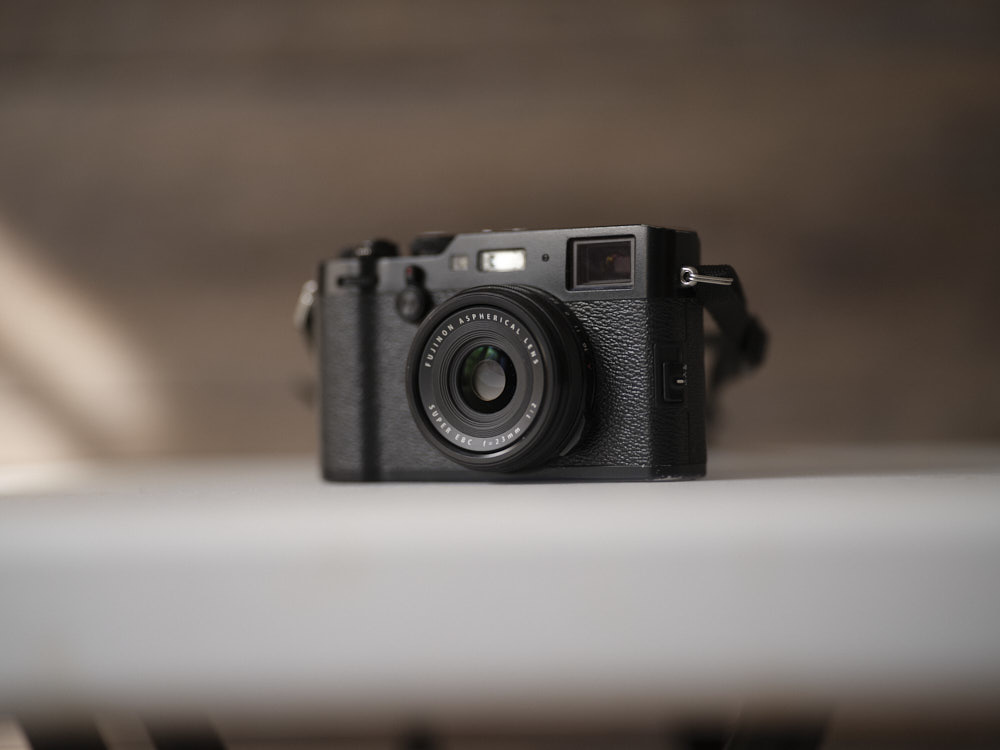
The 50mm f/3.5 shot wide open is a decent performer. Interestingly, I personally preferred the 32-64mm shot at f/4 to the 50mm shot at f/3.5. But that’s personal opinion. Here is a quick bokeh comparison among the lens in my possession so you can decide for yourself.
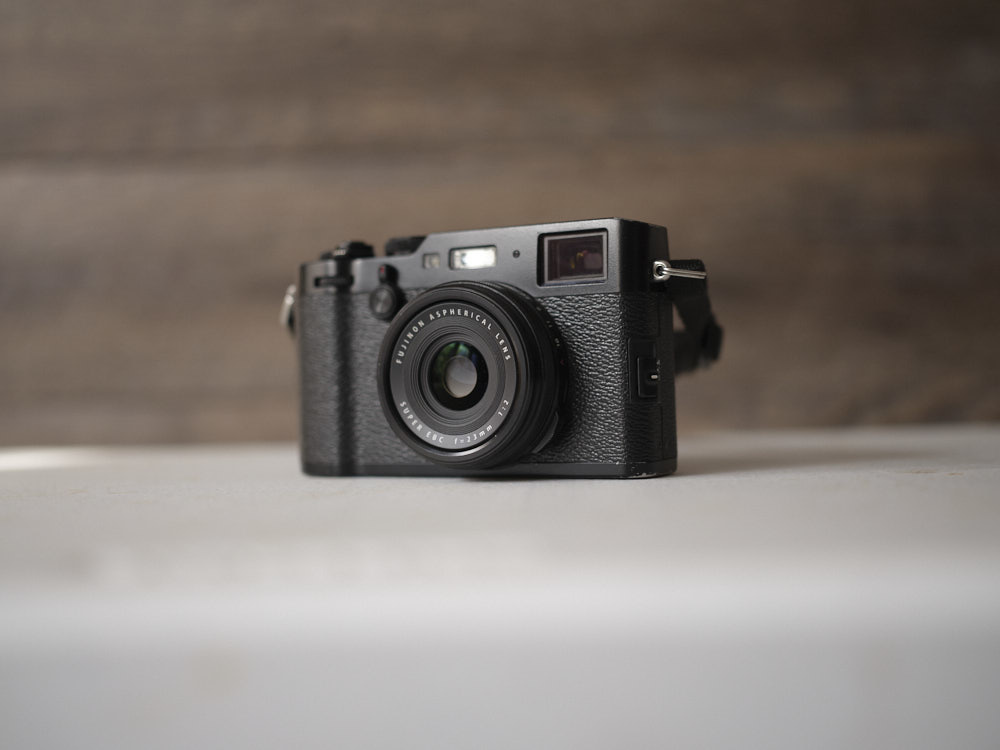
Shot with GF 45mm
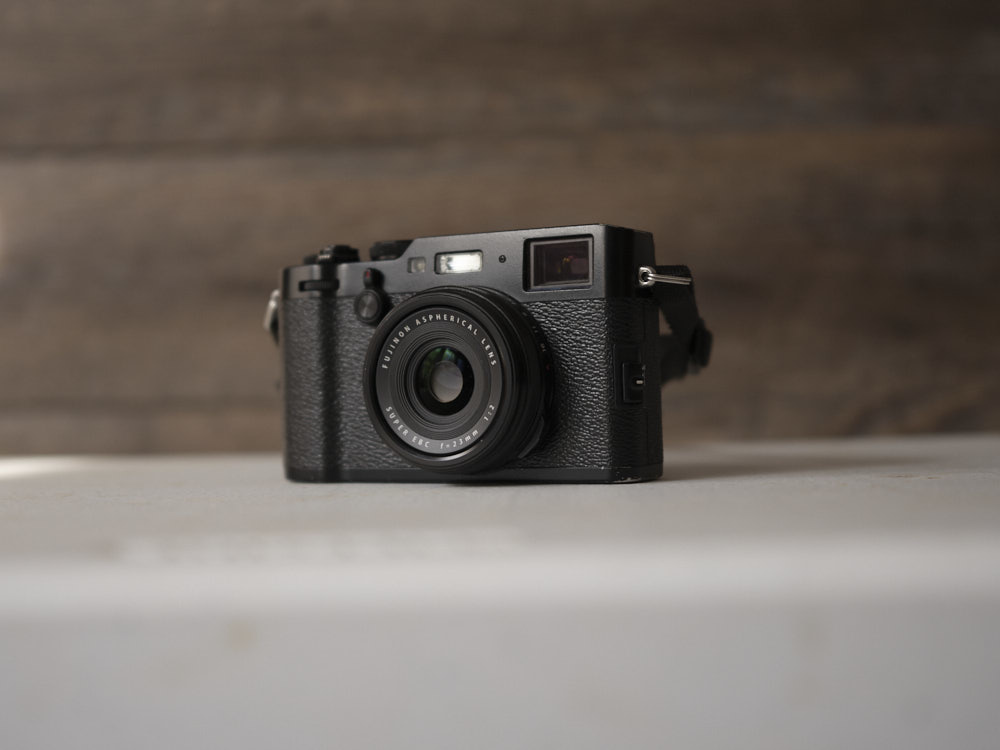
Shot with GF 50mm

Shot with GF 63mm

Shot with GF 110mm

Shot with GF 32mm-64mm
So How Does It Perform In The Real World?
For me, at least, a lens’ utility is only partially determined by its mathematical sharpness. I have several lenses in my bag that score highly on sharpness tests that I never take out of my bag simply because the focal length isn’t useful for what I need to shoot. Or, perhaps, it’s useful, but something about the ergonomics of the lens just doesn’t feel right to me. The insane subjectivity of why one lens feels right to one photographer and wrong to another is a topic for another essay. But, safe to say, that my interest in this lens was driven far more by it’s small stature and easy handling as opposed to shots of a focus chart. So what did I discover in the field?
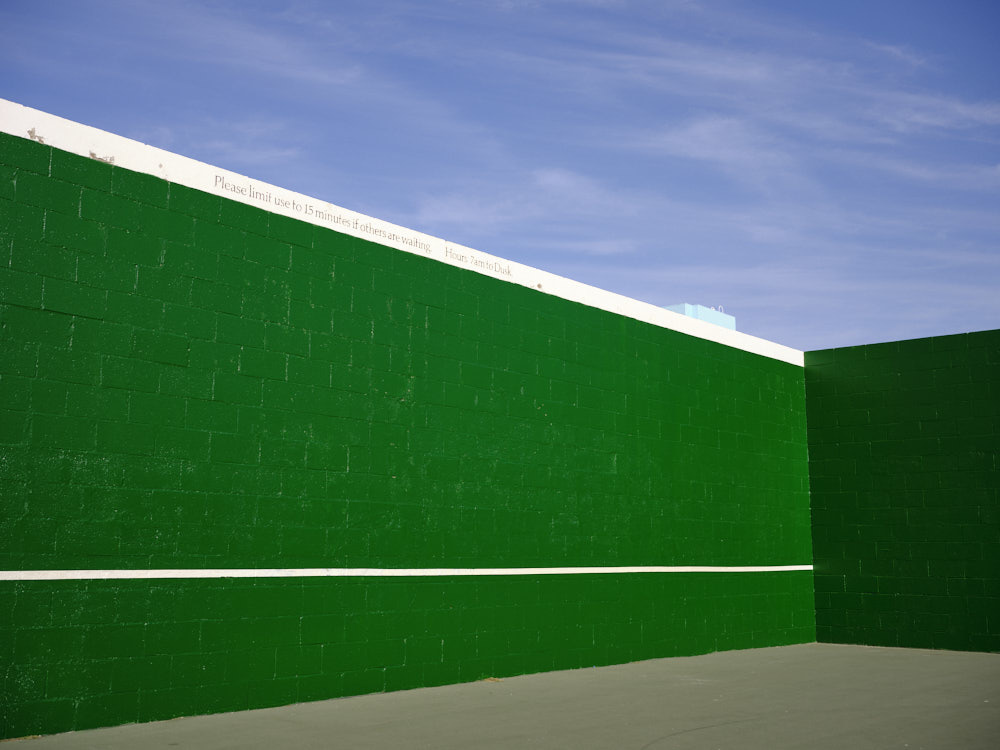
The size of the Fuji GF 50mm let’s you know that it was designed for use as an everyday lens. So either for travel photographers who will be out all day with their cameras, landscape photographers who need to hike to distant locations, or street photographers who want to move about incognito (or as incognito as you can be with a medium format camera). So, my first move with the lens was to go on a casual walkabout as this is where I would most likely be using this lens.


Cropped in Detail from Wider Frame
Even though I was carrying the heavier GFX 100 body, the weight difference between the GF 50mm and its larger siblings is noticeable. I imagine on a GFX 50R body the increased nimbleness would be even more pronounced.
As I mentioned earlier, I find the 50mm (40mm full frame equivalent) to be a very versatile focal length. It’s easy to use on everything from landscapes to portraits. I also noticed that the focus speed of the 50mm seems to be snappier than my 45mm and 63mm. This may be due to the smaller size putting less stress on the focusing motors, but it was pretty quick to snap into focus.
As I was out with the camera, I needed to take a slight detour to get a smog check for my aging Toyota. If you don’t live in California and don’t know what a smog check is, then congratulations. But, at least this gave me a reason to grab the 50mm and do a bit of a walkabout to see if I could find anything interesting.

I didn’t have to go far. I didn’t even have to leave the property actually. As I headed for the sidewalk, I bumped into someone more than willing to help. To be more specific, he bumped into me. Or was it a she? Let’s call it a he. Let’s call it Phil. Phil is one of those now ubiquitous air filled flopping balloons/parachutes/mannequins made in the shape of a human being that float wildly with every gust of wind outside of car dealerships, sandwich shops, or pretty much any place desiring of your attention.
Phil is also, as it turns out, a really good way to test continuous autofocus. I’ve written before about how the continuous autofocus on the Fuji medium format bodies can sometimes struggle to keep up with swiftly moving subjects. So, I wasn't expecting much from this encounter other than a number of strange looks from people passing by wondering why I was apparently dancing with a human balloon. But, I will say that I was pleasantly surprised. When the wind gets going, Phil whips around rather quickly and unpredictably. Setting the GFX 100 to Continuous Autofocus and Wide Tracking I locked onto Phil and just held the shutter down hoping for the best. The 50mm focus speed actually did a really good job of keeping up, making it one of the faster focusing of the Fuji GR lenses.
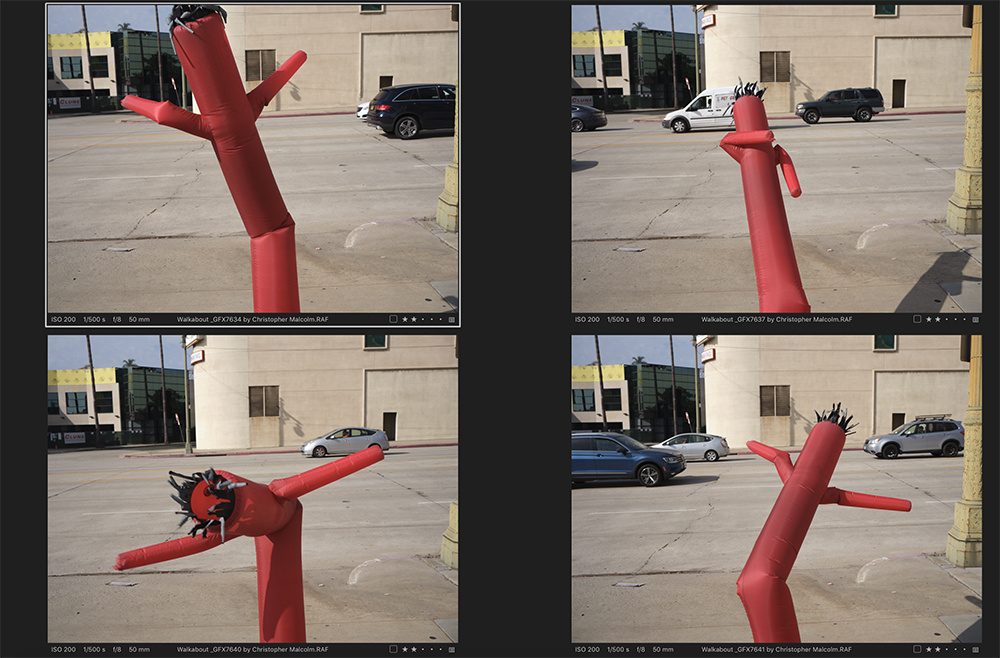
As for manual focus, the small form factor of the lens necessitates a smaller focusing ring than you will find on the other GR lenses. So, depending on the size of your fingers, you may or may not find this to be a problem. The ring operation is smooth and efficient, and paired with the excellent manual focus assist tools from Fuji still makes for easy adjustments.
Minimum focus distance is stated as being 1.8 feet. This feels accurate. I found that I was able to get within just less of an arms length from the subject before the camera would give me that pesky red autofocus failure warning. But other than potential macro work, which wouldn't be this lenses intended purpose, I don’t see this as being something that would be prohibitive.

For portrait shooters out there, I did step in front of the lens myself to test to see if there was significant distortion. As this lens lives between a 35mm and 50mm full frame equivalent, there isn’t really any distracting distortion. If you are purely a portrait shooters, you will definitely want to check out the 110mm. But if you prefer wider lenses for your portraits as I often do, you won’t find yourself struggling with the GR 50mm.

What I Liked
- Small form factor
- Versatile focal range
- Marginally faster autofocus compared to other Fuji Primes
What I Disliked
- Bokeh is good, but not as good a some other GF lenses
- Minimal focus distance adequate, but not stellar
- Somewhat odd looking lens hood
Conclusion
If you are looking for a lightweight prime for your Fuji GFX system, I don’t think you can really go wrong with the new Fujifilm GF 50mm f/3.5 R LM WR. Other lenses have more reach. Other lenses have faster apertures. But if your goal is to make the most portable medium format kit possible, you won’t find yourself sacrificing any quality in order to reach that goal.
Whether you could use this as your only prime goes back to that proverbial question of what you personally feel is the best focal length. Personally, I could definitely see myself giving up the extra stop afforded by the 45mm and 63mm in order to have a slightly smaller lens that fits nicely in between and can cover a wide range of subjects. Only you can decide if that approach would work for you, but it's well worth checking out.







Thanks for the review.
Wish there were more representative images though. That lens and camera is a lot of bread...to take pics of fences and other...cameras.
It is highly subjective. Which is always hard to convey.
I like the pancake form factor.
But my question is that "equivalents" are not equivalent. If you have 50 on gfx, full frame or aps-c it's the same lens. You just have to keep taking a step back to stop cropping the frame. As such, when you get closer with a longer lens you change the feel of the image completely.
Take the head shot prime 50mm territory. what would that headshot look like at all 3 on a 50mm not equivalent lens? Filling the head with the frame.
Please don't take this the wrong way....but what??
Still wondering if I should get this, since I have both the 45mm and 63mm. But to be fair, while I love the images coming from the 63mm, that lens is unreliable since its autofocus motor freezes all the time and I have to send it to Fuji often.
Agreed on the 63...it's a basic 50mm low cost lens but the images are quite nice.